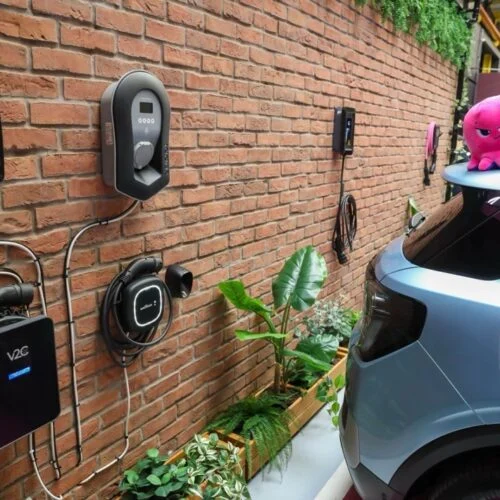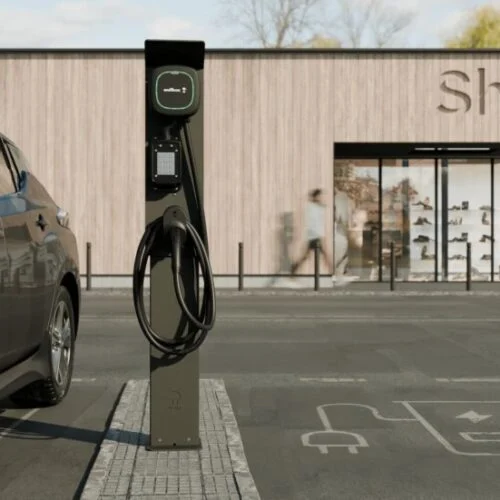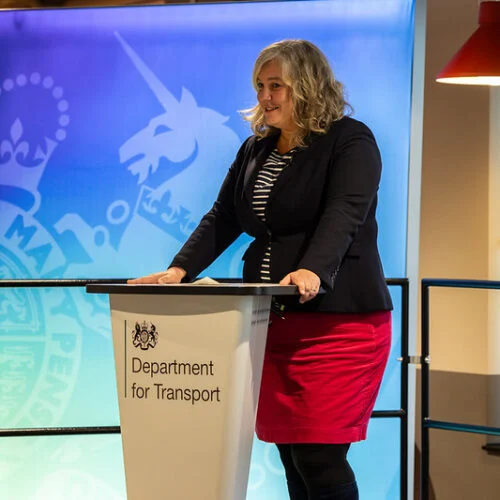A smart charging pilot programme funded by the California Energy Commission (CEC) shows EV charging based on dynamic price signals outperforms time-of-use (ToU) rates.
The ChargeWise California pilot found that dynamic price signals, combined with automated charging management, achieve up to 98% EV charging load delivered off-peak, above the 60-70% typically achieved by ToU tariffs. Even combined with manage charging programmes, ToU tariffs still shift a lower load (90%) to off-peak times than dynamic pricing.
The pilot programme was developed and powered by ev.energy, funded by a grant awarded under the CEC’s “Responsive, Easy Charging Products With Dynamic Signals” (REDWDS) initiative. It was implemented in partnership with ev.energy’s charging automation app and Silicon Valley Clean Energy (SVCE).
SVCE is a nonprofit community-owned organisation that provides electricity from renewable sources to residential and commercial customers in California.
Hourly price signals and active control meant that EV load was managed, using dynamic grid integration, to align with cheaper, cleaner energy availability, saving ChargeWise California customers US$10–20/month (£7-£14/month) and shifting up to 30% of EV charging to solar-rich hours.
Dynamic pricing would benefit utility customers who do not drive EVs by lowering total system costs, ev.energy claims. It estimates that aligning rates with grid-wide and local distribution signals could unlock over US$1,000 (£740) in annual system value per EV. The next stage of the pilot will see the company partner utilities to deliver on this value.
ChargeWise California provided targeted incentives for customers to optimise their EV load as an add-on to their standard rate, which ev.energy said ensured equity and resulted in high participation.
As with many cost-saving energy management schemes, there can be a base level of technology requirement that is not accessible to lower-income households. Without a suite of flexible technologies like home battery storage, solar and an EV, dynamic pricing can increase cost.
According to ev.energy, the pilot programme highlighted that dynamic rates unlock participant and system value “only” when coupled with “smart, customer-focused programmes”.
CEO and co-founder of ev.energy Nick Woolley said: “To fully realise the value of managed charging, we need an approach that is equitable, dynamic, system-aligned and built through collaboration.
“By utilities, aggregators and policymakers working together in programs like ChargeWise California, we can create a path to unlock flexibility and deliver sustained reductions to electricity rates, with no negative consequences.”
As well as working on initiatives in California, ev.energy was behind what it dubbed the UK’s first commercially operating virtual power plant (VPP) to use only EVs, securing US$398,750 (£295,000) in funding to scale up its offering in 2022.
In 2020, it was awarded a flexibility contract by distribution network operator (DNO) UK Power Networks (UKPN) and the two have continued working on creative grid balancing solutions, including the Electric Thames project exploring how batteries onboard electrified maritime vessels could support the electricity grid.
Our publisher, Solar Media, will soon launch a brand-new site dedicated to global EV charging infrastructure developments. Called EV Infrastructure News, the site will track market trends, technological breakthroughs and project developments from around the globe. Please visit and follow the official LinkedIn page to learn more.






